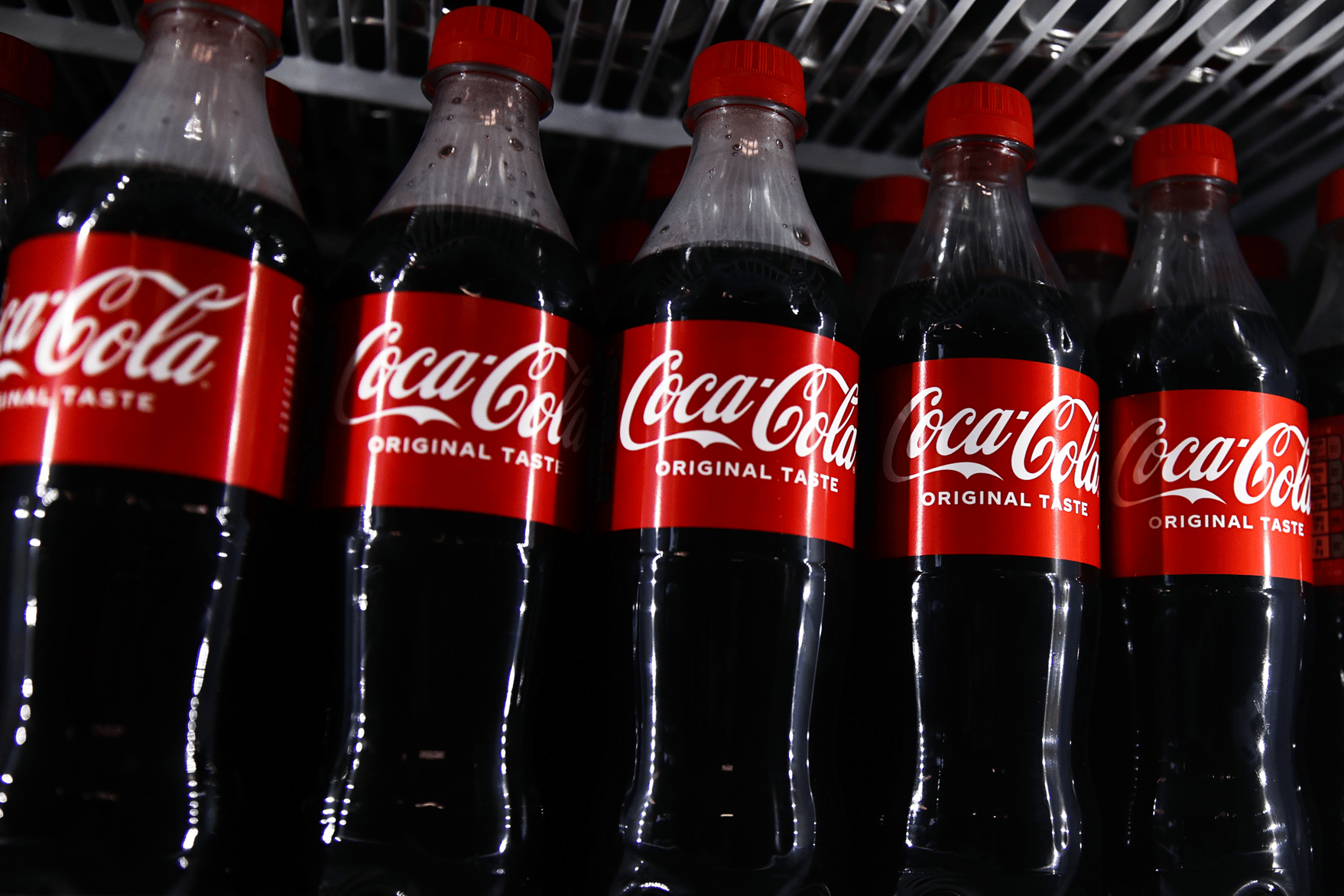It's easy to focus on stocks' price movements because it's the most straightforward way to measure performance. However, a lot of money can be made from stocks beyond just price appreciation. The key is dividends.
Dividends are a way for companies to reward shareholders for simply owning a stock and can compensate for slow (or no) stock price growth. Ideally, you'll get both stock price growth and dividends, creating a lucrative two-for-one.
There are thousands of dividend stocks on the market, but they're not all created equal. There are dozens that I think highly of, but if I had to choose only one to invest in, it would be Coca-Cola (KO +2.04%).

NYSE: KO
Key Data Points
You'll never have to doubt Coca-Cola's dividend
When it comes to dividend security, you'd have a hard time finding a more reliable stock than Coca-Cola. It has paid out a dividend since 1920, but more importantly, it has increased its annual dividend for 63 consecutive years. Only eight companies on the stock market have a longer streak.
Coca-Cola's current quarterly dividend is $0.51, with a yield of around 2.7% (as of June 10). It's not an ultra-high yield that other S&P 500 stocks may have, but it's still more than double the current S&P 500 average.
KO Dividend Yield data by YCharts
Coca-Cola's dividend yield is lower than usual because its stock price has had an impressive start to 2025, up over 17%. This hasn't been the recent norm for Coca-Cola's stock, but it's a nice addition to its dividend.
A business built to withstand any economic conditions
Coca-Cola is as close to a recession-proof business as you'll find on the market, and it comes down to two things: products that sell no matter what and pricing power.
Coca-Cola products are considered consumer staples, meaning they're everyday items that people purchase regardless of economic conditions. When money is tight, consumers typically delay upgrading electronics, put off vacations, or cook at home instead of dining out at restaurants. What they don't typically remove from the budget are Coca-Cola products.
This doesn't mean Coca-Cola doesn't face headwinds or slowdowns; it absolutely does. However, it does mean its core business remains relatively stable through economic downturns. And when volume slows down, Coca-Cola has the pricing power to increase prices without losing customers.
As an example, look at Coca-Cola's first quarter of this year. Although global unit case volume only grew 2% year over year, Coca-Cola's organic revenue (which doesn't take into account foreign currency impacts) grew 6%. The ability to adjust prices to compensate for volume is a testament to Coca-Cola's strong brand loyalty. "Just raise prices" isn't the best long-term strategy, but it's one to lean on when consumer spending slows.

Image source: Getty Images.
Coca-Cola never seems to gets complacent
Despite the massive success of Coca-Cola's core products like its flagship Coca-Cola soda, Diet Coke, and Sprite, Coca-Cola has never seemed to get complacent. Will those brands be Coca-Cola's bread and butter for quite some time? Most likely. However, it's nice to have a suite of successful brands that can complement those.
After owning around 400 brands, Coca-Cola realized there's power in a large portfolio, but only if you can still operate efficiently. With a large portion of its sales coming from a small portion of its portfolio, Coca-Cola cut its portfolio by roughly half in 2020.
By trimming its portfolio, Coca-Cola has been able to simplify supply chain management and distribution, which is crucial for a company with hundreds of bottling partners and distribution in over 200 countries. The slimmed-down operations are also why its revenue can be significantly less than competitors like PepsiCo (which sells drinks and food products), yet its net income can be much higher.
KO Revenue (Quarterly) data by YCharts
This doesn't mean Coca-Cola shies away from acquiring brands; they're just more selective and focused on adapting to changing consumer preferences (low-calorie, plant-based, alcohol ready-to-drink, etc.).
If you're investing in a stock for the long haul, make sure the company has the ability and willingness to adapt and not get complacent.







